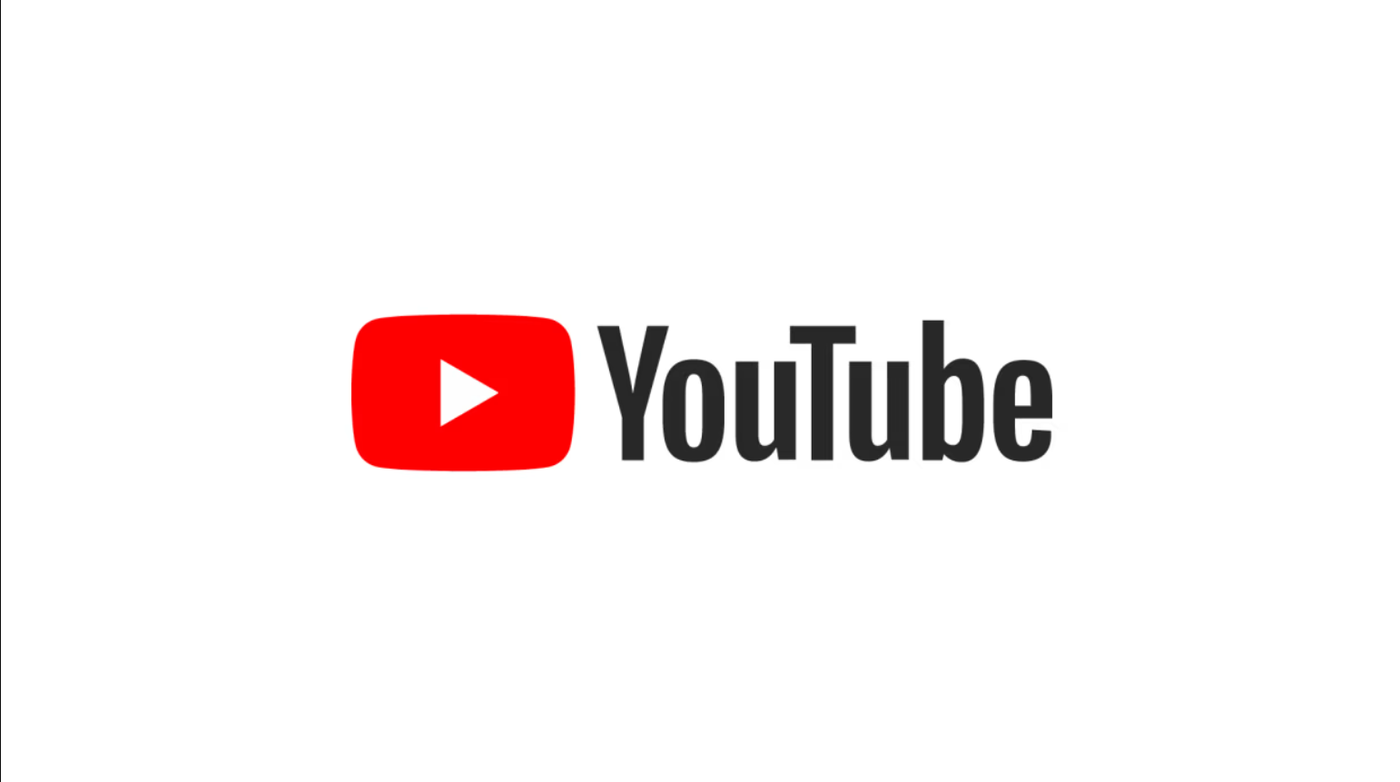YouTube is tightening its grip on Premium Family plan sharing, and many users are beginning to feel the impact. According to recent reports, the platform has started sending warning emails to members who are not living at the same address as the plan manager. These users are being asked to confirm their eligibility within fourteen days or risk losing their Premium benefits altogether.

The YouTube Premium Family plan allows up to five members to enjoy ad-free viewing, background play, and access to YouTube Music under one subscription. Officially, all members must live in the same household, but until now this rule was rarely enforced. For years, many users comfortably shared their subscriptions with friends and relatives living in different locations. That leniency seems to be over.
YouTube has introduced an electronic check-in system that runs every thirty days to ensure all family members are still under the same roof. If the system detects a mismatch in location data, the account is flagged and access to Premium features could be paused. While the flagged member remains part of the family group, they will only be able to use YouTube with ads unless they resolve the issue with Google support.
This new enforcement closely mirrors Netflix’s password sharing crackdown, which initially sparked backlash but eventually pushed many users to sign up for their own accounts. Netflix went on to gain millions of new subscribers from this policy shift. YouTube now appears to be following a similar playbook, potentially steering users toward its individual subscription or the recently introduced two-member Premium plan.
The stricter rules could bring a major shift in how people use YouTube Premium. For households that genuinely share one roof, the experience will remain unchanged. However, for those who rely on cross-city or cross-country sharing, the days of easy access may be numbered.
![]()
This move also raises questions about how streaming platforms balance customer convenience with business growth. On one hand, these checks help YouTube reduce revenue losses from account sharing. On the other, they risk frustrating loyal users who may feel forced into paying extra.
As more platforms tighten rules on shared subscriptions, it is clear that the era of casual account sharing is quickly coming to an end. The next few months will show whether YouTube’s strategy can replicate Netflix’s success or if it sparks greater dissatisfaction among users.
Follow Tech Moves on Instagram and Facebook for more updates on the latest in technology and digital trends.














